When you think of cold and dry weather you may want to stay indoors and enjoy the warmth of blankets and fireplaces. In many people’s opinion, plants also become uninspired during the winter months. Winter seems to be the worst season for gardening.
Winter gardening is worthwhile, and the most important thing is that you understand what is appropriate to grow in the winter. Due to the weather climate and other reasons, you need to pay more attention to the plants to avoid damage to them from frost and other factors.
Beets
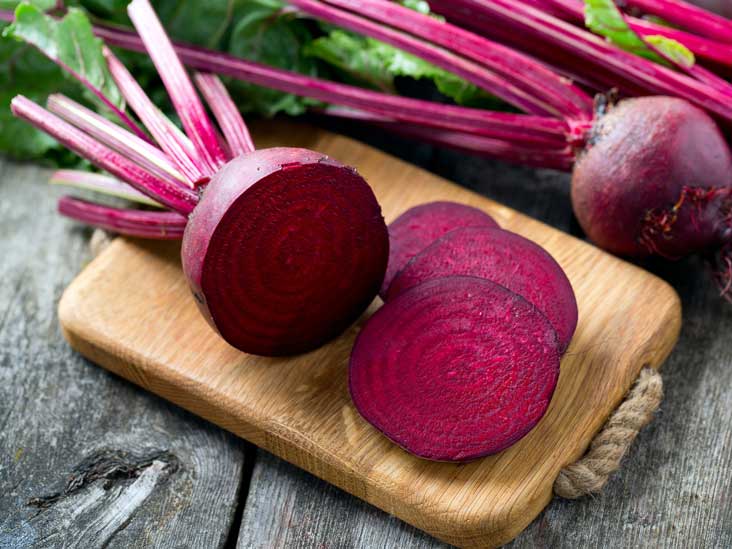
Source: healthline.com
Although spring and fall are considered the best seasons to grow beets, that doesn’t mean we have to give up on this delicious vegetable in the winter. Beets prefer cooler weather and are also able to survive cold winters, making them one of the ideal vegetable choices for winter.
Beets can be grown at 30 °F. Even in frosty weather, beets can survive.
Beets need fertile soil and plenty of water. To make the soil more fertile, you can mix poultry manure and wood chips. Plant debris, etc. to make compost. If possible, it is ideal to use raised garden beds to grow beets.
There are many varieties of beets, ranging in color from pink to red to orange, and they may be round or cylindrical in shape.
Leek
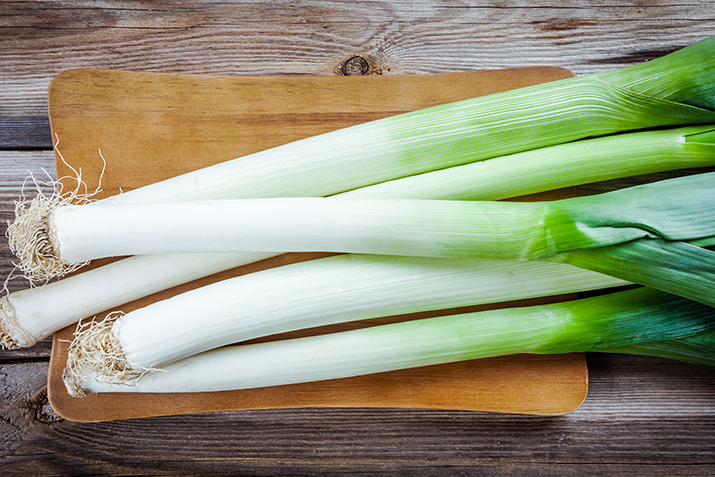
Source: grocery.coop
Leeks are a popular vegetable and are perfect for growing in the winter. You can grow leeks as long as you have a vegetable patch.
Chives are considered a year-round plant, and you can harvest them in every season. Leeks are very hardy. They can survive in temperatures up to 0 °F.
It is a common practice to grow leeks in garden beds. To protect leeks from frost, high winds, rain, and snow, gardeners will often introduce greenhouses during the winter.
Leeks prefer well-drained soil and full sun. You can add compost or other fertilizer to the soil and choose an open area with easy access to sunlight.
Radishes
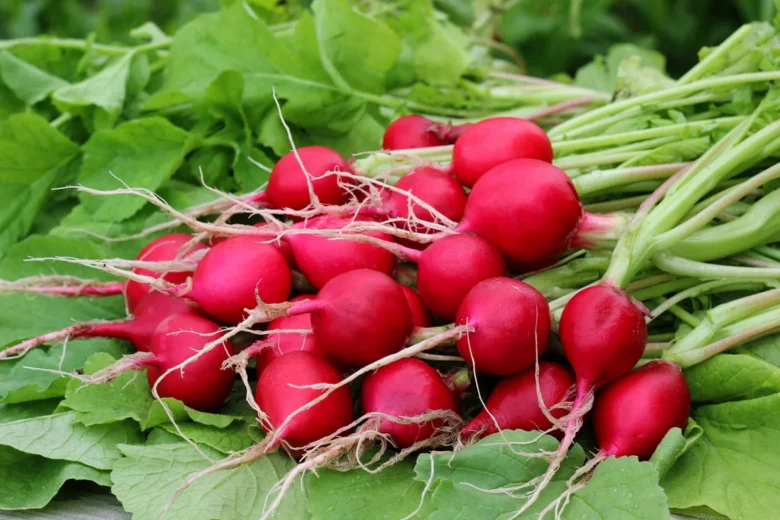
Source: gardeningknowhow.com
Radish is a salad vegetable that is easy to grow and can be harvested year-round. Radishes are also considered a cool season crop for the cold winter months.
Most radishes can be harvested in just 30 to 45 days after planting. Growing winter radishes does not require special skills, but like most plants, radishes are susceptible to damage during frosty weather. Therefore, you should pay attention to temperature, humidity, and other factors during planting.
There are many ways to grow radishes.
You can cultivate radishes using containers such as pots, which is a novice-friendly method.
You can also grow radishes under a bell-shaped hood. Bell-shaped hoods are a common tool for winter gardening and are essentially mini greenhouses.
Use underground trenches to grow radishes. This method uses the insulating properties of the soil to protect radishes from extreme cold weather and is a very creative gardening technique.
Swiss Chard
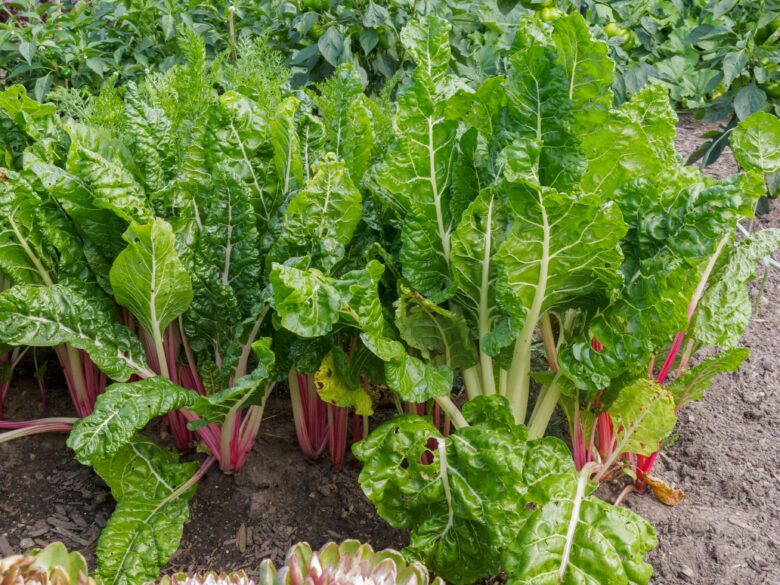
Source: extension.umd.edu
Swiss beets are delicious, nutritious, and prolific. Swiss beets can be grown almost year-round and are both cold and heat-tolerant.
Swiss beets are hardy and can withstand temperatures as low as 15°F. If you live in a mild climate, your backyard Swiss chard will easily survive the winter.
If the temperature is lower, the growth of Swiss chard will become slower or even stagnant. If you want to save the day, consider a winter greenhouse. You must set up heaters in your greenhouse to ensure that the temperature is right for Swiss chard growth.
Usually, January to March are the coldest months and Swiss beets will spend this time in the greenhouse. In addition to the right temperature, the right humidity is also important and you will need to have a humidifier.
When the coldest months are over, starting in March, the Swiss beets will rejuvenate once the daylight hours start to lengthen.
Arugula
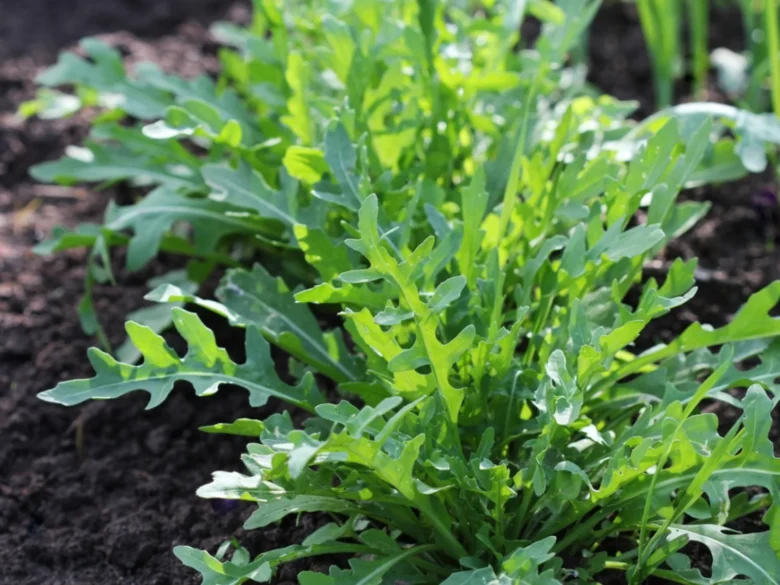
Source: gardeningknowhow.com
Arugula is an indispensable vegetable for making salads. There are many types of arugula, rich in vitamin C and potassium. Like other Brassica plants, arugula is a frost-tolerant, cool-season plant.
Growing arugula does not require a lot of skill. You can grow arugula almost anywhere, but to provide quality growing conditions, you can add some compost to the topsoil to increase soil fertility.
Arugula prefers cool weather and has no special requirements for growing conditions. If you like arugula, any container can be used by you to grow it. Arugula likes sunlight, so you can place containers with arugula on your balcony.
If it is a backyard, you can grow arugula in a cold frame or an unheated greenhouse. Yes, you don’t need to heat the greenhouse, arugula is a very hardy vegetable.
Recommended winter gardening tools
Quictent large Backyard greenhouse
20′ x 10′ x 7′ Heavy Duty Large Greenhouse (2 Colors Available)
This large greenhouse is perfect for backyard winter gardening. You can grow all kinds of vegetables, fruits, flowers, and other plants inside the greenhouse. The frame of this greenhouse is made of heavy-duty galvanized steel to make the greenhouse stronger in the winter.
If you are about to grow plants that will not survive outside, this greenhouse will be one of your ideal choices. To facilitate interactive ventilation, the greenhouse has multiple vents and two unique doors.
Since many plants are suitable for growing in garden beds, you can set up multiple raised garden beds in this large greenhouse.
Silver Galvanized Raised Garden Bed
This raised garden bed is available in four sizes to meet your many needs. This garden bed features a bottomless design that makes it easy to set up in many places.
The garden bed’s weed barrier will prevent weeds from entering the planting area and damaging plant growth. The package also includes Tomato Support Cage as a gift.
Conclusion
There are many vegetables, fruits, flowers, and other plants that will survive the winter, and there are still many fun gardening experiences in winter If you start now, you will harvest next early spring. Have a great winter home gardening!
